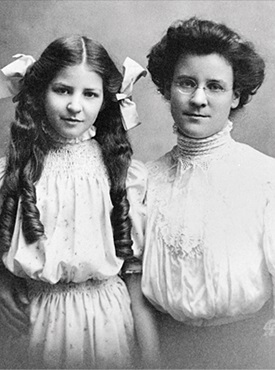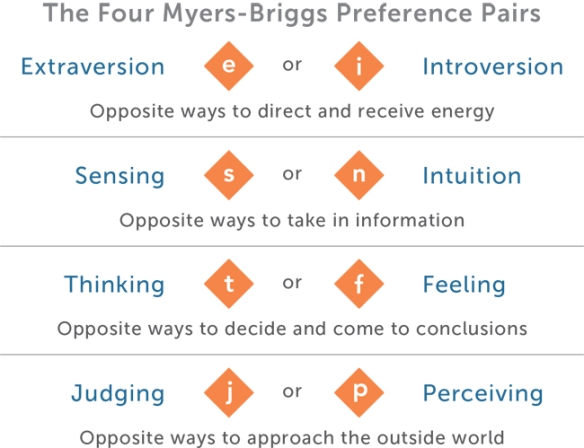
The US housewife and writer Katharine Cook Briggs with her daughter Isabel, the eventual creator of the test, c1905
I first came across the Myers-Briggs Type Inventory (MBTI) around 30 years ago. The MBTI was developed by Isabel Myers, a layman, and her mother Katherine Briggs, around the middle of the twentieth century. They developed a questionnaire that classified people into 16 types based on Carl Jung’s theory of psychological types, along with their own considerable experience of observing people in action, and some inspirational speculation. Jung’s theory was based on differences in the way that we prefer to use our mental capacities to function in the world – and Myers and Briggs simplified this to identify four dimensions of functioning preferences. Their questionnaire and most others classify people’s preferences on these four dimensions and assign a letter based to each dimension based on which side of the middle-point you fall. The combinations of these letters result in 16 so-called “personality types”.

The Myers-Briggs Type Inventory (MBTI) has become extremely popular and is a very widely used tool in management training. There are many variants of the questionnaire and of the type classification available for free online, as well as copyrighted versions used by management training companies and others. It is estimated that since the 1960s, when the test began to be rolled out across the corporate world, more than 50 million people around the world are estimated to have taken it (A).
There are many free online variants of the MBTI, of varying quality. I give links to several that I have found useful.
